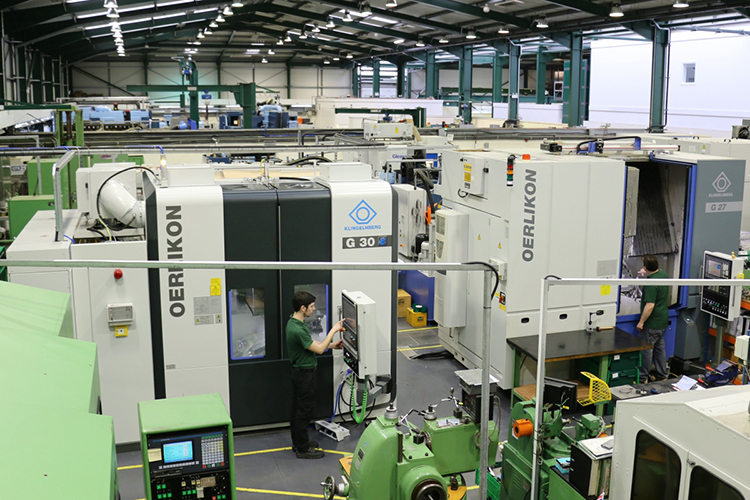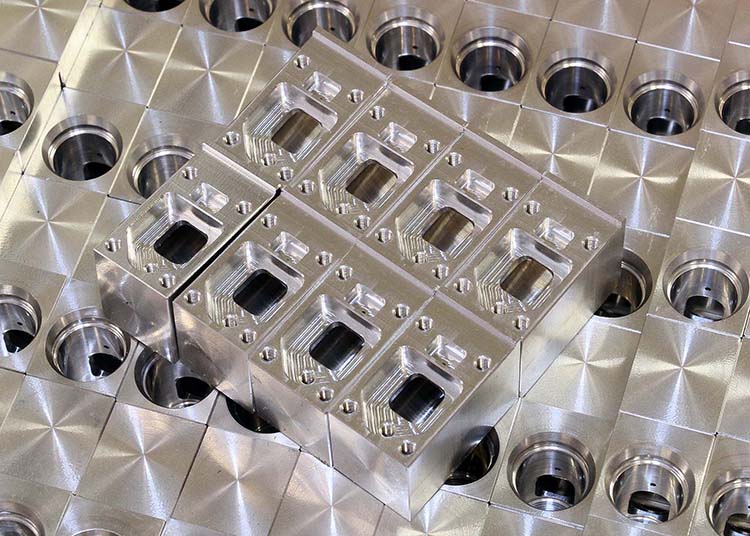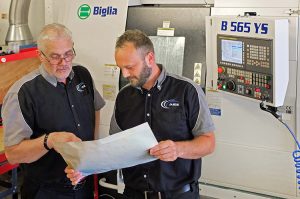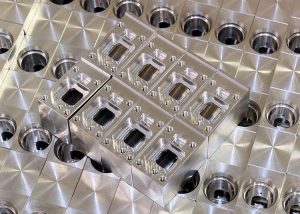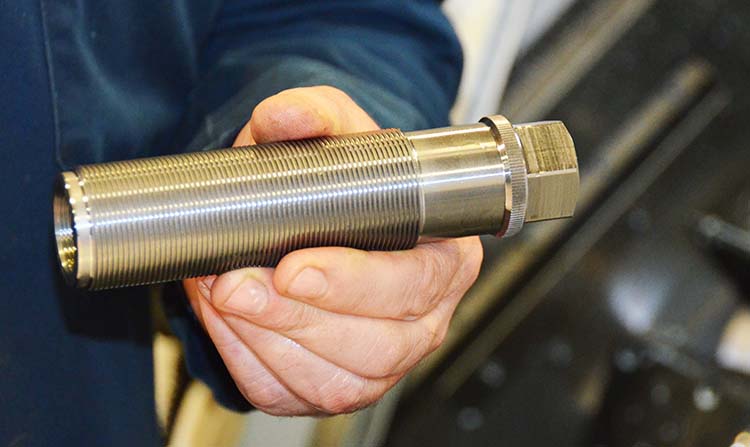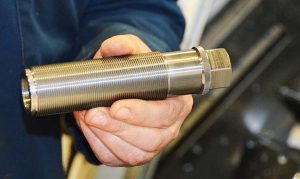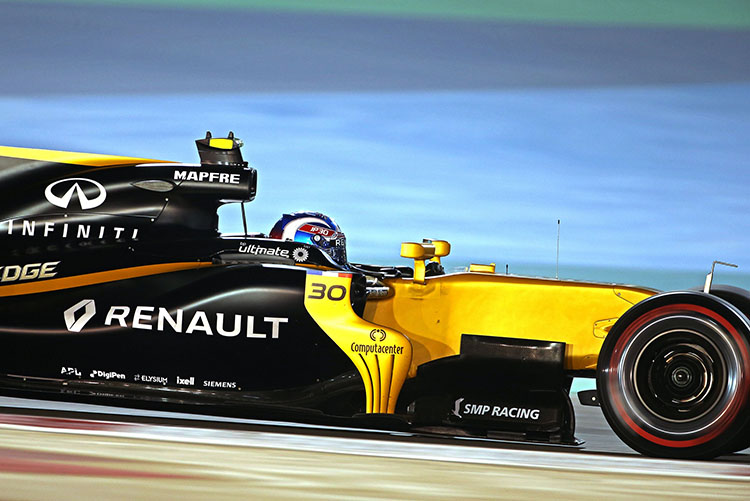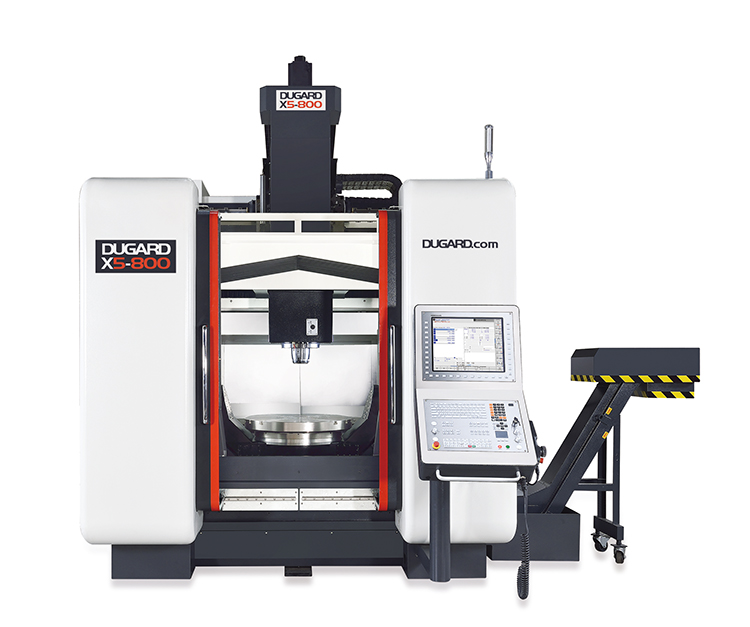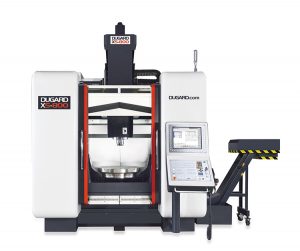Inflexion Private Equity has agreed the buyout of Xtrac Ltd, a specialist in the design and manufacture of transmissions for the motorsport and automotive industries. Xtrac’s established management team will remain with the business, overseeing the company’s future expansion as a result of this investment. It is planned that more staff will be added to 330 already employed, while the Xtrac factory at Thatcham will be extended and additional machinery introduced.
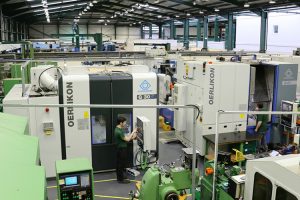
Adrian Moore managing director of Xtrac, says: “Inflexion shares our values; its investment will accelerate our ambitious growth strategy, developing the next generation of high-end transmission systems and expanding our coverage of the high-performance hybrid and electric car transmission market. The partnership supports Xtrac’s ethos of employee ownership, and our team looks forward to a new chapter in the continuing development and growth of our company.”
For further information www.xtrac.com






